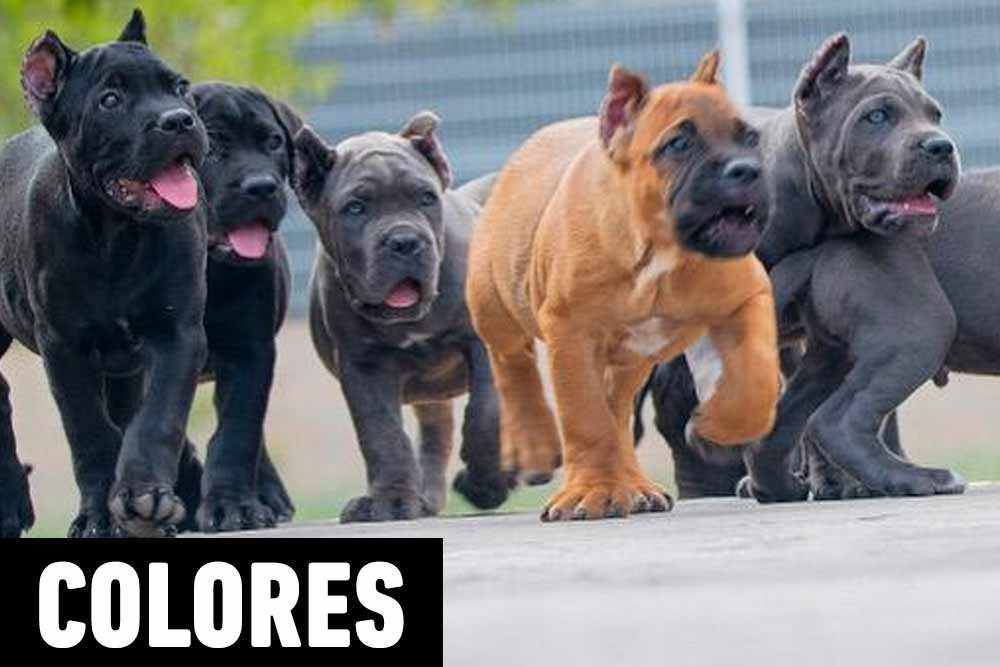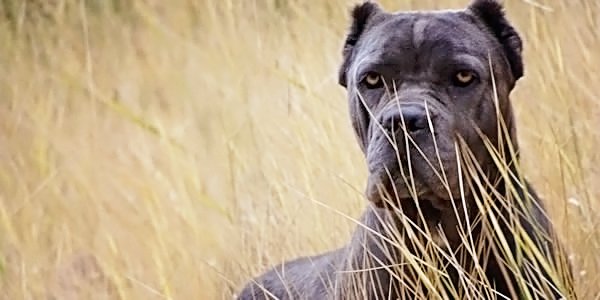Introduction
The Cane Corso, a direct descendant of the ancient Roman Molossus, has a rich history as a guardian and protector. Its name is derived from the Latin word "cohors," meaning "protector" or "guardian of farms and properties." For both breeders and owners, understanding the Cane Corso breed standards is essential to preserve the integrity of this powerful and noble breed. In this guide, we will dive deep into the Cane Corso’s size, coat, temperament, and key traits based on standards set by the American Kennel Club (AKC) and United Kennel Club (UKC).
By the end of this article, you’ll be equipped with the knowledge needed to ensure your Cane Corso meets these standards.
Cane Corso: Evolution and Key Characteristics
Ancient Rome
Descended from the Roman Molossus, used in warfare.
16th Century
Primarily used for hunting large game and guarding livestock.
20th Century
Near extinction, revival efforts begin in the 1970s.
1999
First official breed standard published.
Size
Males: 25-27 inches, 99-110 lbs
Females: 23-25 inches, 88-99 lbs
Coat
Short, stiff, and dense. Colors: black, gray, fawn, red, brindle.
Temperament
Protective, loyal, calm, and confident. Requires early socialization.
Body Proportions
Length about 11% greater than height. Muzzle to skull ratio is 1:2.
Cane Corso Size and Weight
One of the key characteristics that define the Cane Corso is its size. The breed standard outlines strict height and weight requirements to maintain the dog’s powerful build and functionality.
Height Standards for Cane Corso
The Cane Corso’s height is a significant factor in breed shows. According to breed standards, the height at the withers for males is between 64-68 cm (25-27 inches), while females should range from 60-64 cm (23-25 inches). This height gives the Cane Corso its imposing yet elegant stature, perfectly suited for guarding.
- Males: 64-68 cm (25-27 inches)
- Females: 60-64 cm (23-25 inches)
Deviations from this height range can lead to penalties in shows, as a disproportionate dog may lack the balance and agility that the breed is known for.
Weight Guidelines
Cane Corsos are muscular dogs with a balanced weight relative to their height. The ideal weight for males typically ranges between 99 and 110 pounds, while females should weigh 88 to 99 pounds. Maintaining proper weight is vital for the breed’s health and conformation.
Excessive weight may lead to joint issues, particularly hip dysplasia, which is common in large breeds. On the other hand, dogs that are underweight might not have the robust muscle mass characteristic of the Cane Corso.
Cane Corso Coat and Color Standards
The Cane Corso's coat is another essential element in breed evaluations. Historically, this dog was bred for work, and its short, dense coat protected it from the elements while guarding farms and properties.

Coat Texture
The Cane Corso’s coat is short, stiff, and waterproof, providing natural protection against both heat and cold. This coat type is functional and low maintenance, making the dog well-suited for outdoor work. Dogs with longer or excessively soft coats do not meet the breed standard and may be disqualified.
Image: Example of the Cane Corso's dense, short coat.
Accepted Cane Corso Colors
The accepted Cane Corso colors include a range of natural tones, all of which trace back to the breed’s working origins. The main coat colors allowed by AKC and UKC standards are:
- Black
- Gray (Blue): Caused by a recessive dilution gene.
- Fawn and Red: Often with a black or gray mask.
- Brindle: A striking pattern that can occur in black, gray, fawn, and red base coats.
White markings are permitted, but they should be minimal and only appear in specific areas such as the chest, throat, chin, and toes. Excessive white is discouraged, as it detracts from the classic Cane Corso appearance.
Cane Corso Temperament and Behavior
The Cane Corso is known for its protective instincts and loyalty, traits that have made it a popular guard dog for centuries. However, these powerful dogs must be trained and socialized properly to prevent any unwanted aggression.

Cane Corso Breed Standards
📏Size
Height at withers:
- Males: 25-27 inches (64-68 cm)
- Females: 23-25 inches (60-64 cm)
Weight:
- Males: 99-110 pounds
- Females: 88-99 pounds
🐾Coat
Texture: Short, stiff, and dense
Accepted colors:
- Black
- Gray (Blue)
- Fawn and Red (with black or gray mask)
- Brindle
Minimal white markings allowed
🐕Temperament
- Protective and loyal
- Calm and confident
- Alert but not overly aggressive
- Requires early socialization and training
⚠Disqualifications
- Height outside standard range
- Excessive white markings
- Overly aggressive or shy temperament
- Twisted tail or lateral deviation
Protective Instincts
Cane Corsos were historically used as farm guardians, and their strong protective nature remains one of their defining characteristics today. They are naturally wary of strangers but should never be overly aggressive unless provoked. Proper training is essential to ensure that the Cane Corso remains calm, confident, and in control in various situations.
Image: A Cane Corso showcasing its natural guarding instincts.
A well-socialized Cane Corso will remain alert and protective without showing excessive aggression or fear. Early socialization is key to developing a well-balanced temperament.
Training and Socialization
The Cane Corso is an intelligent breed and responds well to firm but positive training. Owners should start training early, focusing on basic obedience, socialization with people and other dogs, and proper behavior in public spaces. A Cane Corso that is either overly aggressive or excessively shy will not meet the breed standard and may be disqualified in shows.
Breed Standard Disqualifications
The Cane Corso breed standard is strict when it comes to disqualifications. The following are some of the traits or features that can lead to disqualification in the show ring:
- Height deviations: Cane Corsos that fall outside the accepted height range are disqualified.
- Excessive white markings: While some white is allowed, excessive white patches, particularly on areas outside the chest and toes, are considered faults.
- Temperament issues: Dogs that exhibit aggressive behavior or are overly shy may be disqualified as these traits are not representative of the Cane Corso’s ideal temperament.
- Tail or ear issues: The tail is traditionally docked, but a natural tail is accepted. However, a tail that is twisted or deviates laterally is a fault. Ear cropping is often done for aesthetic purposes, but natural ears are accepted in most shows.

Interesting Facts About Cane Corso Breed Standards
To enrich your understanding of the breed, here are some interesting facts about Cane Corso breed standards:
- The breed originated in the 16th century and was primarily used for hunting large game and guarding livestock.
- The length of the body is approximately 11% greater than the height, giving the Cane Corso a slightly rectangular shape, ideal for agility and power.
- The ratio between the muzzle and the skull is about 1:2, creating a balanced and proportionate appearance.
- The current breed standard was first published on March 12, 1999, outlining the essential traits for maintaining the breed’s integrity.
These details provide context to the Cane Corso breed standards and showcase how this ancient breed has evolved to maintain its strength and versatility.
Conclusion
The Cane Corso breed standards are designed to preserve the unique characteristics that make this breed one of the most revered guard dogs in the world. From its powerful size to its calm yet protective temperament, understanding these standards helps breeders and owners ensure their Cane Corso embodies the essence of this ancient breed.
If you have any questions about your Cane Corso’s size, coat, or temperament, feel free to leave a comment below or visit our Cane Corso care guide to learn more.
Do you have a Cane Corso that meets the breed standards? Share your experiences or pictures in the comments! For more information, check out our Cane Corso care page for tips on grooming, training, and maintaining your dog’s health.


Leave a Reply